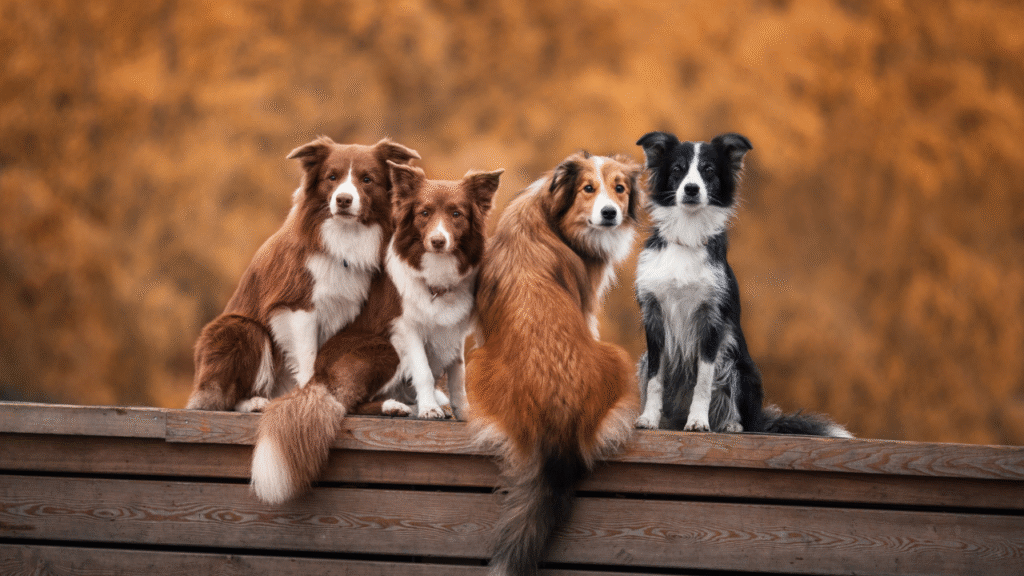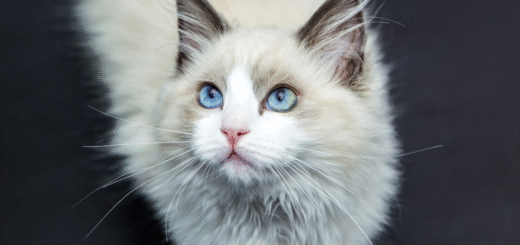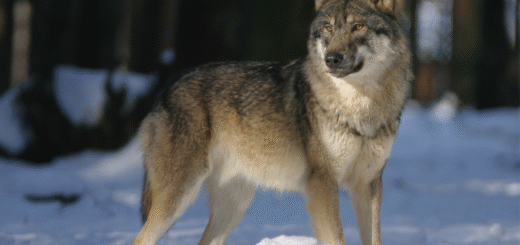The History of Dogs: From Wolves to Best Friends
Dogs have been our companions for thousands of years, but their story began in the wild. Before they curled up beside our fires or fetched sticks in the backyard, they were wolves—stealthy, sharp, and perfectly adapted for survival. So how did these fierce hunters become loyal friends? The history of dogs is one of the most remarkable tales of cooperation between species.

Chapter 1: The Wild Ancestors
Long ago, somewhere between 15,000 and 40,000 years ago, humans and wolves crossed paths. Early humans were hunter-gatherers, living in small groups and following game animals across vast landscapes. Wolves, living in packs with their own complex social systems, followed these groups from a distance, likely drawn to the leftover bones and scraps around campsites.
But not all wolves kept their distance. Some were bolder—or maybe just more curious. The less aggressive ones began to approach, getting closer to humans and learning that these strange two-legged creatures could be a source of easy food. The humans, in turn, noticed that these animals might be useful. They barked when strangers or predators approached. They could sniff out danger. Over time, an unspoken alliance began to grow.
Chapter 2: The First Dogs
Scientists believe that these early wolves gradually changed. The tamer ones reproduced and passed on their friendly traits. They grew less fearful, more social, and eventually, physically different from their wild cousins—shorter snouts, floppy ears, smaller bodies. These were the first dogs.
These animals were not pets in the modern sense. They were working partners, helping early humans track, hunt, guard, and even carry goods. Archaeological evidence from ancient burial sites shows dogs were buried alongside humans, suggesting they were valued and loved.
Chapter 3: Dogs and Civilization
As humans settled into farming societies, dogs evolved alongside them. In Egypt, dogs were honored in art and tombs. In ancient Greece and Rome, they served as guards and hunting companions. Native American tribes used dogs to pull loads before horses arrived.
The bond grew deeper. Dogs were no longer just helpers—they were companions, protectors, and even symbols of loyalty and courage. In some cultures, dogs were thought to guide souls to the afterlife or ward off evil spirits.
Chapter 4: Breeds and Specialization
With time, humans began shaping dogs for specific purposes. Need a fast dog to chase game? Breed the quickest ones. Want a strong guardian? Select the biggest and most alert. This is how the diverse breeds we know today came into existence.
For example:
- Border Collies were bred for herding.
- Beagles were designed for scent hunting.
- Labrador Retrievers helped fetch ducks from water.
- Pomeranians were bred to be cute and cuddly lapdogs for royalty.
Each breed had a job. Each one filled a need. Over time, this led to over 400 dog breeds with different sizes, temperaments, and talents.
Chapter 5: Modern Companions
Today, many dogs no longer work in fields or forests—but their roles remain important. Dogs serve in:
- Law enforcement, sniffing out drugs or bombs.
- Search and rescue, finding people after earthquakes or avalanches.
- Therapy, comforting those with anxiety or depression.
- Service work, helping the blind, disabled, or veterans with PTSD.
And of course, millions of dogs are simply beloved family members, sleeping on sofas, playing in parks, and offering unconditional love.
Chapter 6: What Makes Dogs Special?
The connection between humans and dogs is unlike any other animal relationship. Dogs can read our expressions, respond to our moods, and even understand hundreds of words. They’ve evolved to look into our eyes, seeking communication and connection.
This bond is rooted in biology and strengthened by emotion. Whether it’s a wagging tail when we come home or a quiet presence during hard times, dogs give us something simple yet profound: loyalty, love, and companionship.
Conclusion: A Friendship Forged in Time
The story of dogs is a story of change—of wildness softened by trust, of survival strengthened by friendship. What began as a cautious closeness between wolves and humans has become one of the most cherished relationships in the world.
From wolves to workers, from guardians to family, dogs have truly earned the title of “man’s best friend”—and they continue to walk beside us, just as they have for thousands of years.








